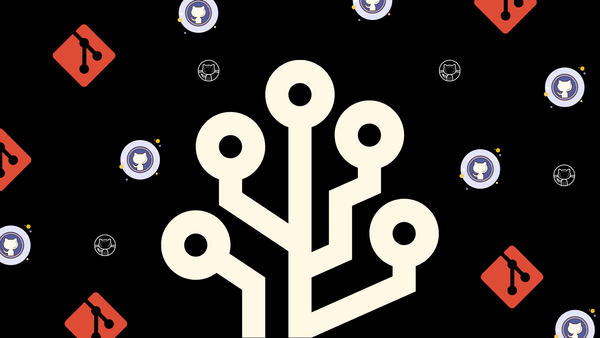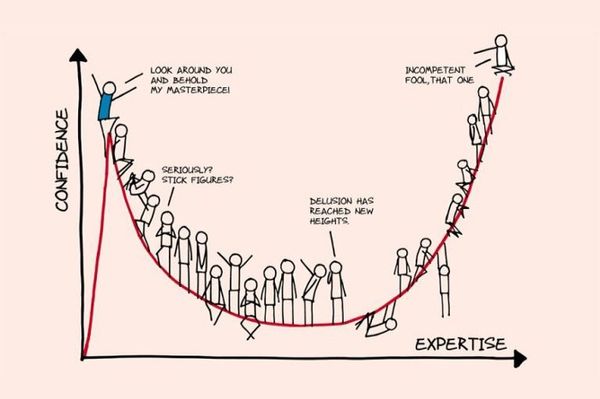I’m a developer by trade and a generalist by nature. Over the years, I’ve seen marketers do some pretty cool and not so cool things. Some marketing campaigns have done so well they set the precedent for future campaigns. Some, however, fell apart no matter how much money was thrown at them.
When digital marketing campaigns fail, some marketers use the algorithm as the reason why things fell flat, often with a giant splat on the budget. There is a lot of talk about algorithms on the Internet, a buzzword that gets thrown around, especially when a scapegoat is needed.
However, the algorithm is not a magical black box and is not the sole determinant of successful campaigns on the Internet.
What, exactly, is the algorithm?
An algorithm is a set of rules that produce an expected result when followed. In its pure form, a math equation is an algorithm. In digital spaces, it’s a set of business rules — translated into code by developers — to achieve a specific result.
There is an input and output. The input can range from things such as data, interactions, patterns of interactions, and past choices by the user. The output is determined by a series of business-related goals.
An algorithm doesn’t just exist on its own. Rather, it exists to meet business-related goals. A common algorithm in eCommerce is upselling and cross-selling based on products in the cart and past purchasing history. The logic behind what is shown is the codification of potential scenarios as determined by the business.
In theory, you can bypass organic algorithmic distribution by buying ad space, but that’s a different story.
Components of a marketing campaign
The algorithm only makes up a portion of the final outcome for marketing campaigns. While it does impact visibility, it doesn’t guarantee conversion. Marketing isn’t just putting something out into the wild and hoping it sticks. It’s the process of creating and adding to a persona known as the brand.
As consumers become more resistant to acts of marketing, marketers need to adapt and understand that a good marketing campaign is more than selling things. It’s a personality, a communication tool, a thing that helps put your product or brand on the table for consideration amidst other brands, startups, and competitors.
The final decision-making act is often based on the customer’s placement in the buying cycle. Your product’s ability to sell is also determined by its usefulness and reputation.
Remember the humans!
Some marketing campaigns become so engrossed in the idea of beating the algorithm without truly understanding how it works. But no amount of keyword stuffing, SEO, and tracking analysis will save a failing campaign.
The algorithm isn’t the issue. The issue is how you propositioned the campaign, your target market’s responses, and what kind of relationship you have with the market. Businesses exist to serve human needs and desires to make money. Algorithms exist to serve that business. There’s a trickle-down effect.
In the land of social media and search engines, relevancy is considered one of the most important factors in serving users. Beyond the algorithm is a human on the other side. From observation, Google runs on a series of data points collected over time to determine what is relevant to you. Facebook runs off past interactions, individual preference settings, groups, and page follows. Instagram used to be time-based before its acquisition by Facebook. Twitter is still time-based with the ability to see tweets based on popularity.
The algorithm is just a distraction
Social media and search engines are platforms that help businesses connect with potential customers. However, more isn’t always better. A successful campaign is the right mix of eliciting the desired response from a customer and effective branding.
When starting a campaign, ask yourself — are you selling to the algorithm or the people that the algorithm serves? Being customer-centric, instead of trying to game the algorithm, is a better strategy. Conversion is based on human response, not how many times your campaign is shown to a potential, but irrelevant, customer.
High engagement by a particular demographic and niche often leads to more views within the same group. This is often led by the relevancy factor that’s built into social media and search engines. When you have a ready audience, you can leverage their interaction to build a data profile for the algorithm to pick up and distribute to relevant audiences on the network.
Buying ad space with high engagement targeting can help kick start the process if you don’t have a ready audience.
Final Words
The algorithm is not an evil entity out to destroy your business by hiding content from viewers. It’s also not the only method to get your business and products in front of potential customers.
There are other factors that determine your campaign’s success, and at the core, are based on the foundations you’ve built for your brand. Current customer engagement online can be a major indicator of the success and failure of current and future campaigns.
Trying to game the algorithm with artificial interaction won’t work — if you’ve thought about cheating, chances are, the platforms running the algorithms have thought about that too.
At the end of the day, algorithms are coded to be useful and your campaign needs to reflect that too. Organic interaction is the free gold that every marketer wants, but to obtain digital gold, something of value must be given back in return.







